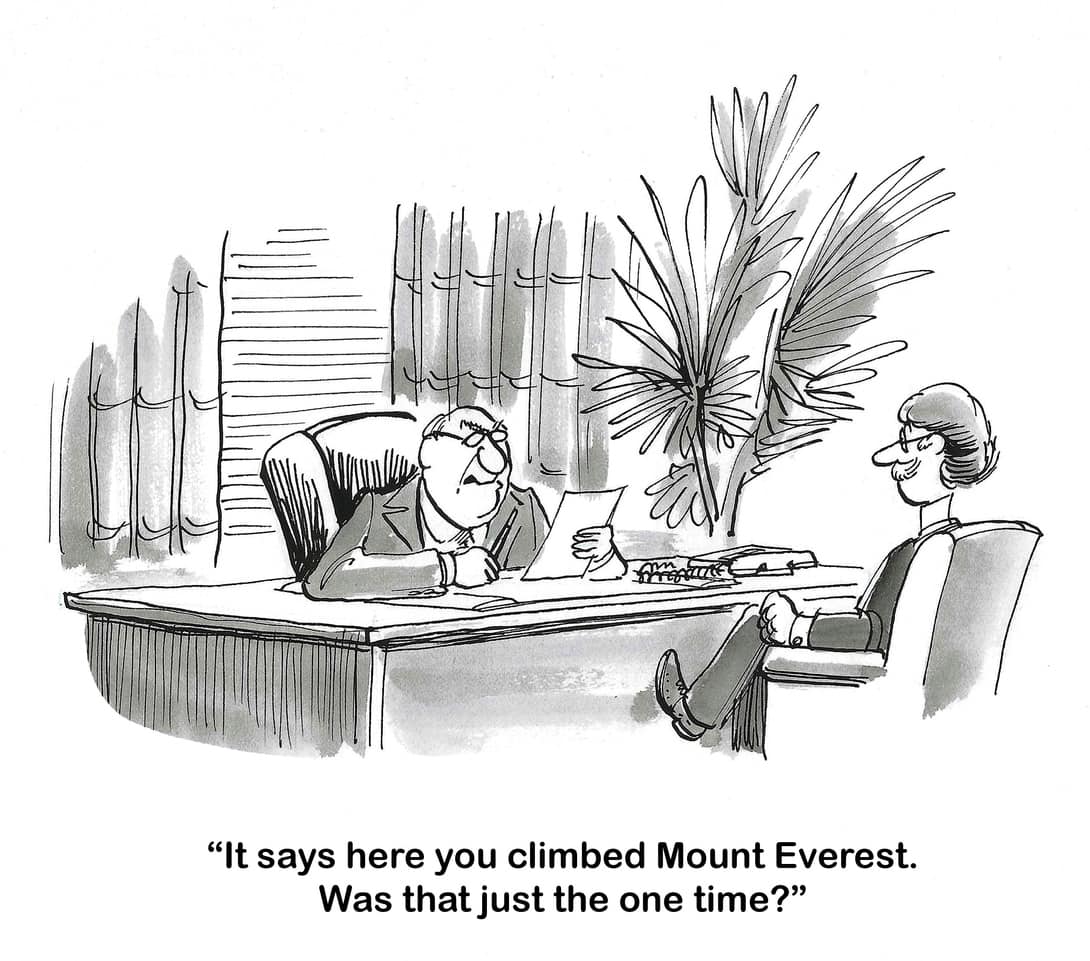This month Safe Work Australia (SWA) released its Code of Practice – Sexual and gender-based harassment, which applies to almost all Australian occupational health and safety (OHS) jurisdictions. It is an important document for many reasons, not the least is to reduce, and hopefully to prevent, the potential for life-altering psychological harm. It is also important in the expansion of management areas traditionally managed through personnel departments to include OHS concepts and control measures.
Dr Fleming’s well-being research has generated controversy, as it should
Dr William Fleming’s open-access article called Employee well‐being outcomes from individual‐level “Mental Health Interventions: Cross‐sectional Evidence from the United Kingdom” is receiving a lot of online and mainstream media attention, and rightly so. It is a robust piece of research from a sample of over 46,000 workers in 233 organisations. The article compares:
“…participants and nonparticipants in a range of common individual‐level well‐being interventions, including resilience training, mindfulness and well‐being apps. Across multiple subjective well‐being indicators, participants appear no better off.”
Is this the end of corporate wellness?
Yesterday, one of my LinkedIn posts reached over 20,000 impressions. The post concerned new research that questioned the effectiveness of corporate wellbeing programs. Some responses were febrile even though they had not read the open-access article! The points raised in the research were not new. Some have been covered in this blog previously, but the New York Times raised the question of the viability of corporate wellness programs in 2020.
A frustrating but informative book
There are so few occupational health and safety (OHS) books that it is often necessary to look outside the OHS field for answers in the OHS field. One example of such a book is “Work Psychology – The Basics” by Dr Laura Dean and Fran Cousans. The authors could have increased their readership and scope if they had also considered psychosocial issues more closely, but this book is about psychology. Even so, some useful perspectives are offered.
Quad Bike safety? It’s the UK’s turn
A recent article in The Observer illustrates just how far behind Australia the United Kingdom is on requiring the installation of crush protection devices on quad bikes. It is also surprising that the UK’s Health and Safety Executive (HSE) is not just relying on independent Australian research into quad bike rollovers. The vehicles are the same makes and models, the terrain is similar, and the risk is the same …??
Engineered stone in the business media
The Australian Financial Review (AFR) is a newspaper written for and about business, so worker safety and health is usually depicted as a nuisance to be addressed only when one absolutely must. However, its coverage of engineered stone products is notably skewed.
“Backbone of the Nation” and safety
In 1984 I was in England during the miners’ strike, a period of profound social and political change in the United Kingdom. The politics of that period have always fascinated me, but my profession has also caused me to look at some of the attitudes to occupational health and safety (OHS). While holidaying recently in the UK, I purchased Backbone of the Nation, looking at both the politics and safety.







